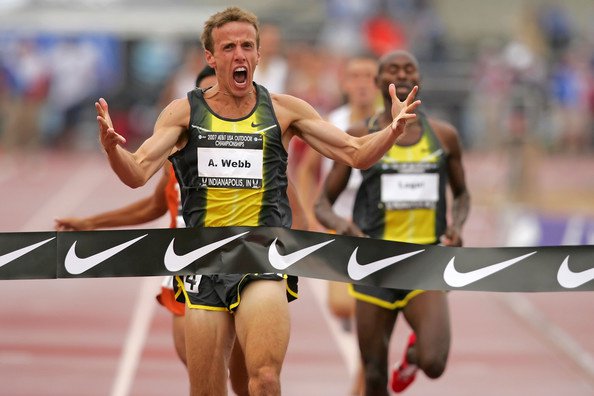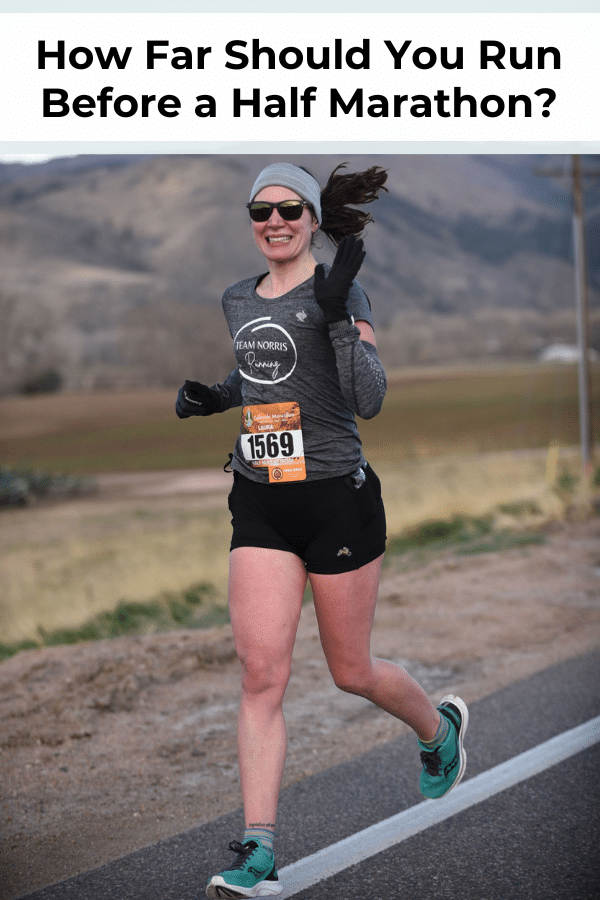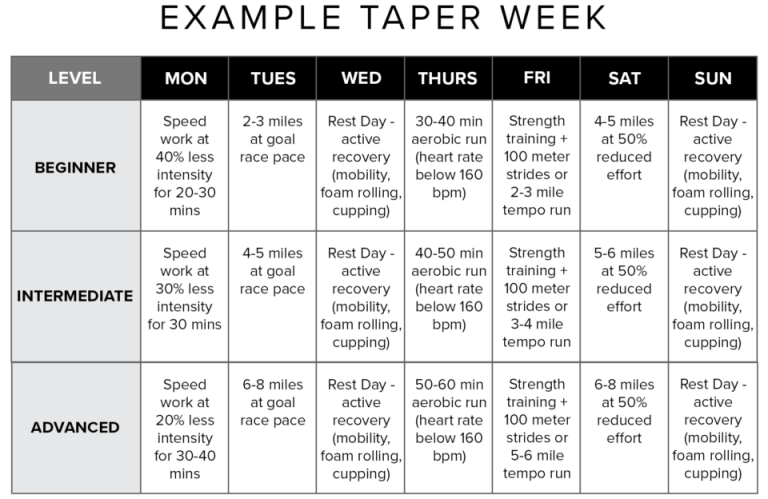Why Do Marathon Runners Have Skinny Legs
Marathon runners have skinny legs due to prolonged endurance activities that reduce muscle mass and body fat. This physical adaptation helps improve running efficiency and endurance over long distances.
The repetitive motion of running for extended periods can lead to leaner leg muscles and decreased overall body weight. Additionally, marathon runners often have a higher proportion of slow-twitch muscle fibers, which are more efficient for endurance activities. This combination of low body fat, efficient muscle fibers, and extensive training contributes to the slender appearance of their legs.
Understanding the physiological adaptations of marathon runners can provide valuable insights into the impact of endurance training on the body.
The Science Of Marathon Running
Marathon runners often have skinny legs due to their body’s natural adaptation to long-distance running. Over time, the repetitive motion and endurance training leads to the development of lean muscle mass. This enhances their overall performance, making their bodies more efficient at covering long distances.
Marathon running is a grueling endurance sport that pushes athletes to their physical limits. While training, discipline, and mental strength are crucial for success, the science behind marathon running sheds light on why some runners develop skinny legs. In this article, we delve into the role of leg muscle type and the impact of training on muscle composition to uncover the reasons behind marathon runners’ lean physique.
The Role Of Leg Muscle Type
Our muscles can be divided into two main types: slow-twitch and fast-twitch muscles. Slow-twitch muscles, also known as Type I muscles, are responsible for endurance activities, while fast-twitch muscles, or Type II muscles, are utilized for short bursts of power. When it comes to marathon runners, their leg muscles predominantly consist of slow-twitch muscle fibers.
Impact Of Training On Muscle Composition
Training plays a significant role in shaping the muscle composition of marathon runners. The long-distance runs performed during marathon training stimulate the growth and development of slow-twitch muscles. As a result, marathon runners will have a higher proportion of slow-twitch muscle fibers in their legs, contributing to their slender appearance.
The continuous and extended aerobic activity during marathon training promotes the endurance capabilities of slow-twitch muscles. These muscles are efficient at using oxygen to produce energy, allowing marathon runners to maintain a steady pace for hours on end. However, due to the lower power output of slow-twitch muscles, they don’t bulk up or grow as easily as fast-twitch muscles.
It’s important to note that muscle size and appearance can also be influenced by genetic factors. Some individuals naturally possess a higher proportion of slow-twitch muscles, making it easier for them to excel in endurance sports like marathon running.
In conclusion, the science of marathon running reveals that the lean and skinny legs of marathon runners are a result of their leg muscle composition. The predominance of slow-twitch muscle fibers, developed through extensive training, allows marathon runners to excel in endurance activities while maintaining a lean physique.
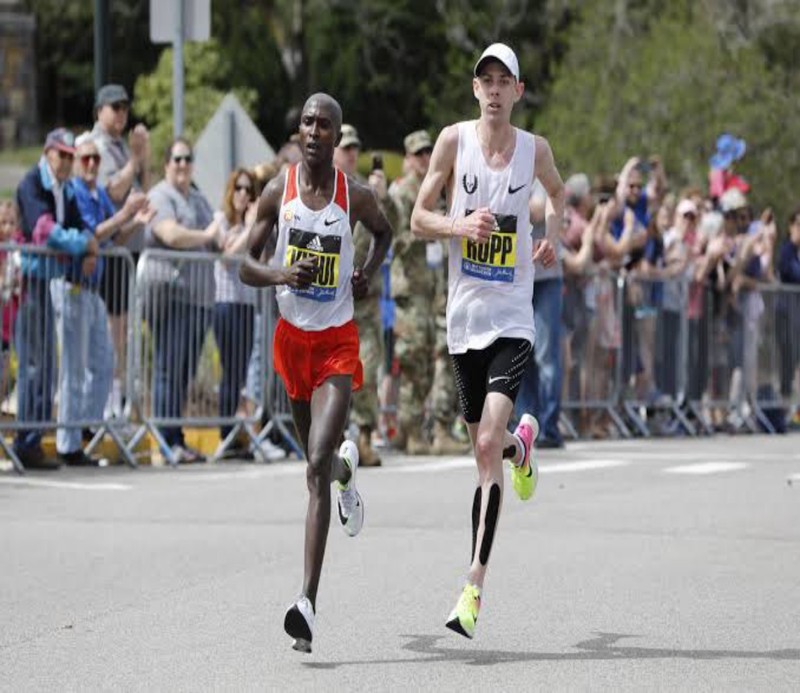
Credit: scorum.com
Muscle Adaptation In Endurance Training
Exploring Muscle Adaptation in Endurance Training:
Muscle Fiber Type Transformation
Marathon runners develop more slow-twitch fibers for endurance.
Energy Efficiency In Running
Runners enhance their bodies to optimize energy usage.
During endurance training, muscles adapt to repetitive long-distance running.
Nutrition And Body Composition
Marathon runners often have skinny legs due to their specific training regimen and diet. Understanding how endurance training impacts body fat and the role of nutrition in muscle development can shed light on this phenomenon.
Effects Of Endurance Training On Body Fat
- Endurance training helps burn excess fat.
- Cardio activities during marathon training reduce body fat.
The Role Of Nutrition In Muscle Development
- Protein-rich diets aid muscle growth.
- Carbohydrates fuel marathon training.
- Adequate hydration supports muscle recovery.
Credit: www.quora.com
Genetics And Marathon Running
Marathon runners often have skinny legs due to genetics, as certain genes can influence muscle composition and distribution. Regular long-distance running can also lead to gradual muscle loss, resulting in a leaner physique.
Influence Of Genetic Factors On Muscle Composition
Genetics play a significant role in determining an individual’s physique, including the shape and size of their legs. When it comes to marathon runners, they often have a distinctive feature – skinny legs. The influence of genetic factors on muscle composition can help shed light on why certain individuals have slender legs despite their intense training and long-distance running.
In general, genetic factors determine the distribution and ratio of fast-twitch and slow-twitch muscle fibers in our bodies. Fast-twitch muscles have a greater capacity for power and speed but fatigue quickly, while slow-twitch muscles are more adept at endurance activities like distance running. These muscle fibers, also known as type II and type I fibers respectively, possess different characteristics that impact overall muscle size and shape.
Individuals with a higher proportion of slow-twitch muscle fibers tend to have leaner legs, as slow-twitch fibers have a smaller diameter compared to their fast-twitch counterparts. This genetic predisposition towards slender legs can provide an advantage in long-distance running, allowing for more efficient oxygen utilization and energy conservation during extended periods of exercise.
Adaptation To Endurance Exercise
While genetics play a crucial role, it’s essential to note that marathon runners’ leg shape is also a result of their body’s adaptation to endurance exercise. Continuous training and extended periods of running lead to specific physiological changes that contribute to increased endurance and performance.
During endurance activities like marathon running, muscle fibers undergo adaptations to become more efficient at utilizing oxygen and metabolizing energy. With consistent training, both slow-twitch and fast-twitch muscle fibers become more resistant to fatigue, enabling runners to maintain a sustained pace over long distances.
Furthermore, the repetitive impact of long-distance running can also contribute to muscle tightening and toning, accentuating the appearance of leaner legs. Regular running helps to shed excess body fat and build lean muscle mass, resulting in a more defined and slender leg shape.
In conclusion, marathon runners often have slim legs due to a combination of genetic factors and the adaptations their bodies undergo through consistent endurance training. This unique physiological makeup, characterized by a higher proportion of slow-twitch muscle fibers and endurance-focused adaptations, allows for enhanced long-distance running performance. While genetics may determine an individual’s starting point, dedication and training can ultimately mold the shape and function of marathon runners’ legs.
Injury Prevention And Leg Musculature
Marathon runners often have skinny legs due to specific training and physiological adaptations. This lean leg musculature aids in preventing injuries and enhances endurance during long-distance running. Understanding injury prevention and leg musculature is crucial for marathon runners to maintain strength and flexibility throughout their training and races.
Strengthening Exercises For Marathon Runners
Marathon runners can benefit from incorporating strengthening exercises into their training routines. These exercises help build and maintain muscle strength, reducing the risk of overuse injuries. Focus on exercises that target the quadriceps, hamstrings, calves, and glutes, as these muscles are crucial for providing stability and power during long runs.
Maintaining Muscle Balance And Flexibility
It’s essential for marathon runners to maintain muscle balance and flexibility to prevent imbalances that may lead to injuries. Incorporating a combination of stretching, yoga, and mobility exercises can help improve flexibility and prevent muscle tightness. Additionally, incorporating foam rolling can aid in maintaining muscle balance and minimizing the risk of muscle imbalances and tightness that can lead to discomfort or injury.
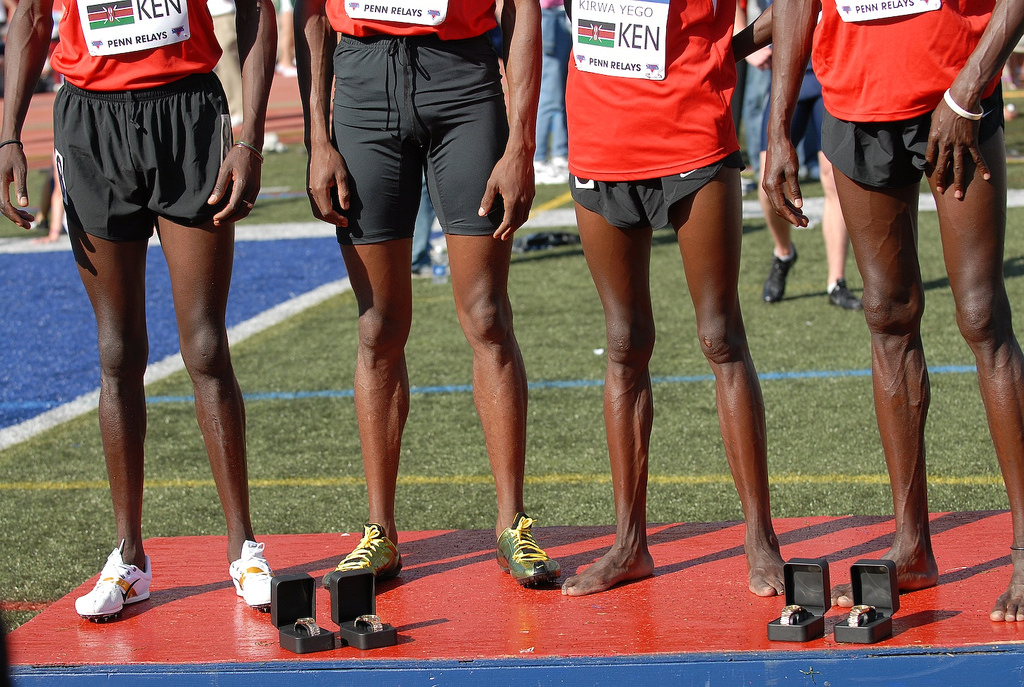
Credit: learnmuscles.com
Frequently Asked Questions Of Why Do Marathon Runners Have Skinny Legs
Does Long Distance Running Make Your Legs Thinner?
Yes, long distance running can help slim down legs by reducing excess fat and toning muscles.
Why Do People With Skinny Legs Run Faster?
Skinny legs have less muscle mass, reducing weight and energy expenditure, enabling faster running speeds.
Why Do Athletes Have Skinny Legs?
Athletes have skinny legs because intense training and sports activities like running and cycling help build lean muscles while reducing body fat. This combination creates a more streamlined and toned look, which results in the appearance of skinny legs.
Conclusion
To sum up, marathon runners often have skinny legs due to a combination of factors. Their high-intensity training programs focusing on cardio endurance and long-distance running can lead to a reduction in body fat and muscle mass. Additionally, genetic factors may play a role in determining their body composition.
It is important to note that every individual’s body is unique, and the shape of one’s legs does not necessarily define their fitness or running prowess. Embrace your body type and focus on your own running goals. Keep pushing your limits and enjoy the journey!

